한식 읽기 좋은 날
Raw Fish, A Fresh Blast of Vigor
Colorful Hansik

Fish caught in the blue sea exude the vitality of life. When you taste a piece of freshly prepared raw fish, the liveliness of its former life, freely swimming in the water, rushes into your mouth like waves. Raw fish dishes have been enjoyed in Korea for a long time to the extent that they appear in ancient cook books.
Being surrounded by the sea on three sides, the variety of seafood caught in Korea varies by region and season, resulting in diverse ways of consumption and preferences. So, the more you know, the better you are able to enjoy. Let's explore the world of hoe (raw fish), a menu particularly essential for year-end and New Year gatherings.

How to Enjoy Hoe More Deliciously?
Before fire was discovered, humans consumed fish raw. In Jeong Yakjeon’s Jasaneobo – a book on fish written in the late Joseon Dynasty, records also show that various types of fish were consumed raw in Korea. Nowadays, transportation methods have greatly advanced, but back then, seafood was difficult to transport fresh, making it a food ingredient that inevitably had more regional characteristics compared to meat. As a result, a culture of eating raw fish and the development of various cooking methods began to flourish, particularly in coastal areas.
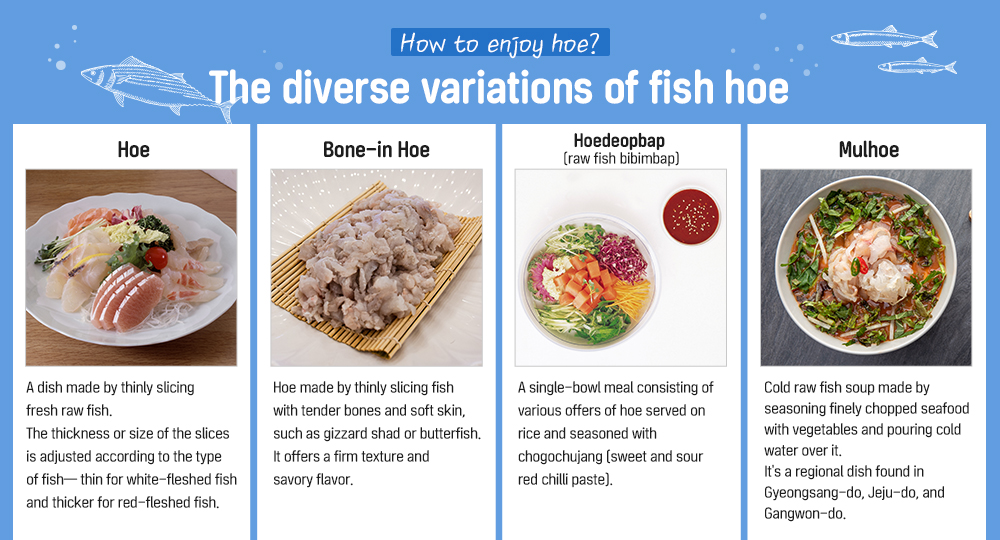
Due to the emphasis on freshness, in Korea, there has long been a strong perception of hwareohoe -- hoe sliced from live fish immediately upon order, as the prime way of enjoying seafood. The chewy and firm texture of most native Korean white-fleshed fish is best appreciated when eaten as hwareohoe.
During the 1980s and 1990s, eating hoe at restaurants near the coast accompanied by the salty ocean breeze was considered the freshest and most delicious. Even in cities, the common perception of a good hoe restaurant was whether the restaurant had a fresh seafood tank for customers to select their own hoe item. The popular culture of enjoying hoe at a seafood market where you choose your seafood at the shops downstairs and eat it at a restaurant upstairs can be understood in the same context.
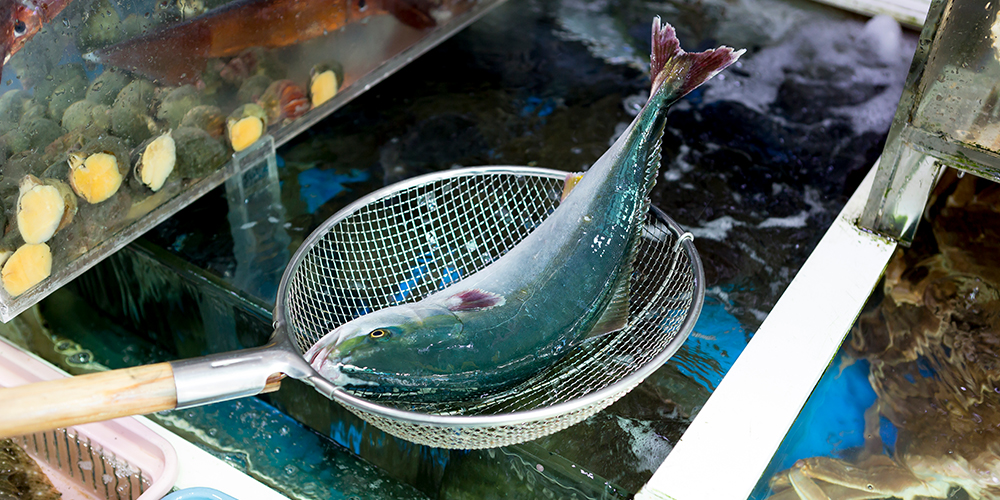
On the other hand, ‘Seoneohoe’ refers to fresh raw fish distributed with ice due to the difficulty in delivering live fish. Although in a deceased state, it denotes a fresh fish suitable for use as hoe. Furthermore, ‘Sukseonghoe’ involves aging only the flesh of the fish after removing its organs, bones, and other parts. During the aging process, inosinic acid develops, enhancing the savory taste. For this reason, even seaside residentswho are more accustomed to hwaroehoe would intentionally age live fish and enjoy it as sukseonghoe.
However, the preference between suneohoe and sukseonghoe is not simply a matter of taste or specialness. It's rather a matter of technique on how to enjoy the distinct characteristics of each different fish, even if they were caught from the same sea.
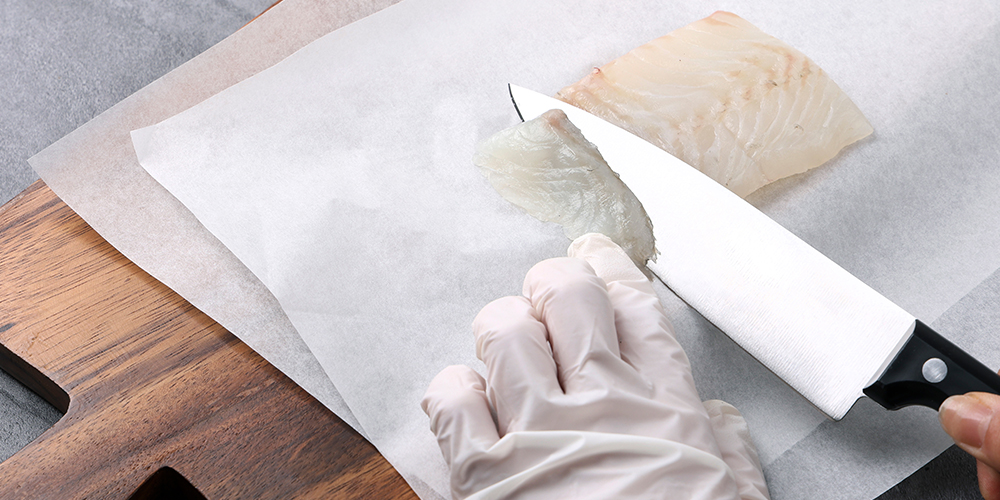
Dodari for Spring and Bangeo for Winter: Seasonal Specialties That Taste Better in the Right Season
Unlike meat, seafood varies by season. Depending on the spawning season, migration, and other factors, delicious fish species change according to the season. As a country with four distinct seasons, there is a sense of eager and delightful anticipation in Korea for each season's specialties.
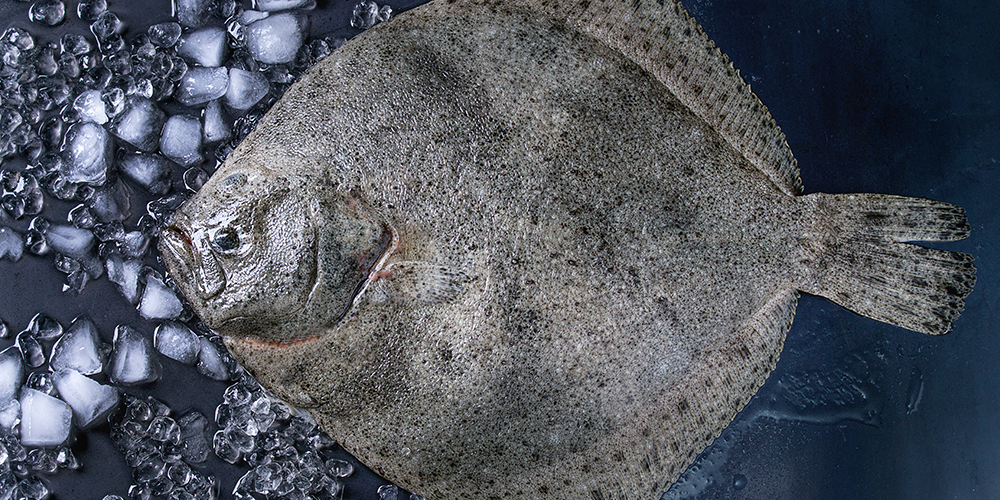
When warm spring arrives in Namhae (south sea region), it becomes crowded with people wanting to taste seasonal Dodari (flounder). Due to its appearance resembling Gwangeo (flatfish), fishermen distinguish between the two with the saying ‘Jwa-Gwang-Woo-Do,’ meaning if the eyes are tilted to the left, it's a gwangeo and if they are tilted to the right, it's a dodari. Generally, it is prepared by slicing the flesh, but it can also be enjoyed as bone-in hoe as its bones are soft enough and enhance the nutty flavor. Additionally, besides dodari, spring is also a great season to enjoy the firm and chewy texture of ureok (rockfish).
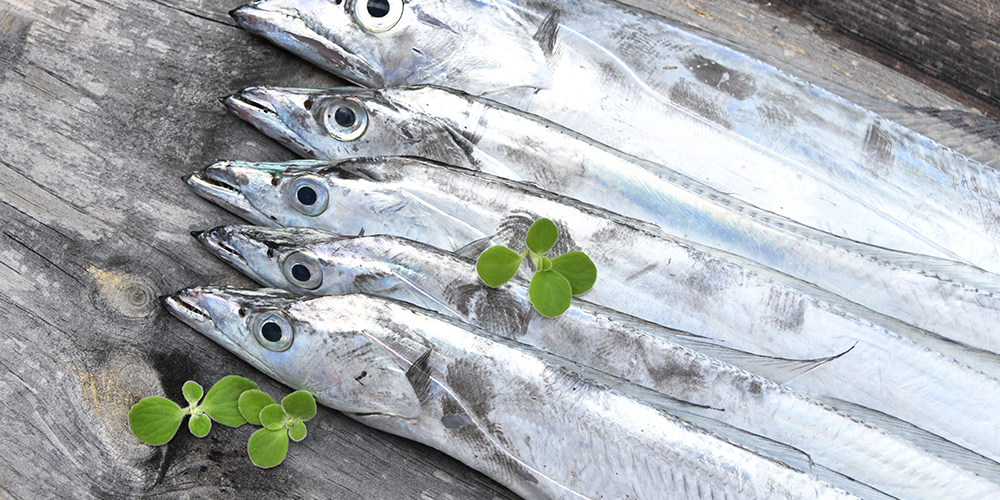
From early summer until right before the start of winter is the season for galchi (cutlassfish). During this time, fishermen gather in Jeju to catch galchi. Although it's a fish that's difficult to enjoy raw due to its lively nature, galchi caught overnight in Jeju can be enjoyed fresh as hoe at the fish market the next morning as soon as the fishing boat arrives at port. Like the elegant appearance of a silver gentleman, galchihoe possesses a mild and subtle charm of its own.
Byeongeo (pomfret), primarily enjoyed in the coastal regions of Jeollanam-do, is a fish that's particularly excellent when consumed in summer in the form of hoe as byeongeo’s flesh becomes plumpier and its bone softer around June before and after its spawning season. When enjoyed as thinly sliced bone-in hoe, the nutty flavor intensifies with each bite, leaving an irresistible and lingering taste that's hard to resist once experienced.
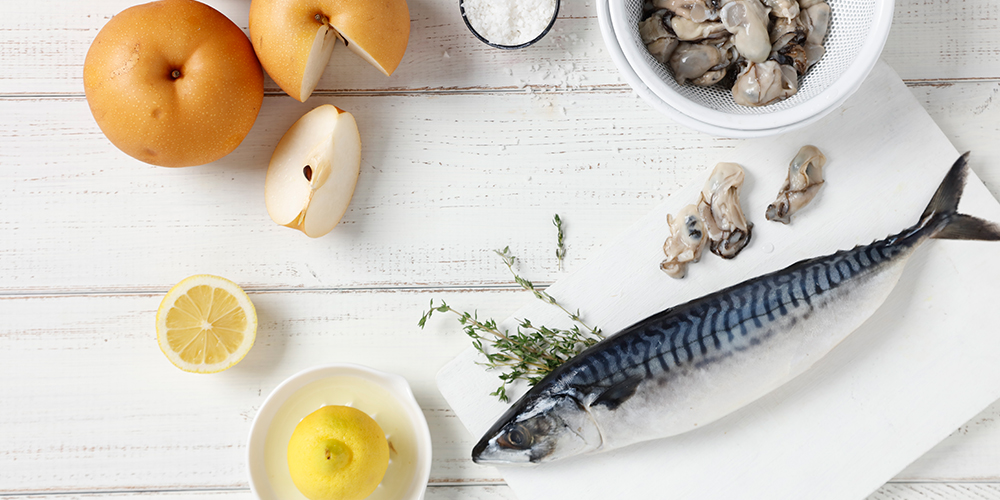
The indispensable fish for the autumn season is jeoneo (gizzard shad), also known as the ‘fish that brings back even the runaway daughter-in-law.’ Jeoneo is in season during autumn. When thinly sliced bone-in jeoneo is dipped in a sauce of garlic and savory oil, it presents a somewhat rustic yet delightful nutty taste that is distinct from the chewy texture of fresh fish. Autumn brings various local jeoneo festivals across several regions, providing the perfect opportunity to taste authentic jeoneohoe.
Godeungeo (mackerel), called the ‘barley of the sea’ for being nutritious yet inexpensive, is another fish that gains depth in taste from early autumn to winter as a hoe dish. However, this popular ‘national fish’ quickly spoils after being caught and dying, with its red flesh deteriorating rapidly. Therefore, maintaining freshness is crucial when dealing with godeungeo.
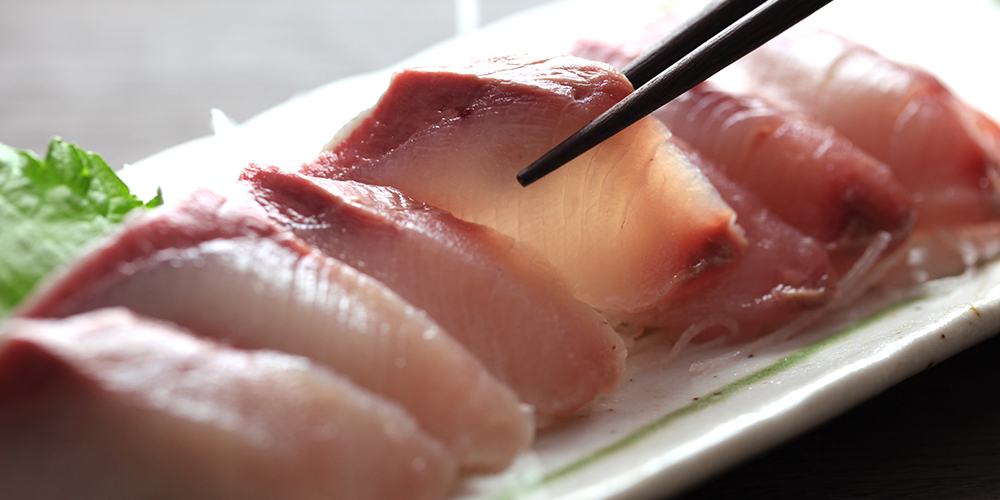
As the nose-chilling winter arrives, there's an exciting anticipation for bangeo (yellow tail). Similar to tuna, larger fish like bangeo are highly prized, especially for their fatty and flavorful ventral belly area. This oily and rich belly section beneath the lower abdomen is particularly popular. When chewed, it melts smoothly in the mouth, leaving behind a delightful and savory oiliness. Even apart from the prized belly section, the thickly sliced reddish flesh of the yellowtail boasts a delicious and succulent taste that is outstanding in itself.
From late autumn to winter, the flavor of sungeo (grey mullet) intensifies, making it enjoyable until February. Known for its sweet and sticky texture that captivates the palate, sungeo not only satisfies taste buds but also contains various nutrients, making it beneficial for recovering from fatigue.
Although advancements in aquaculture have allowed for enjoying various fish species regardless of season, the value of enjoying wild-caught seasonal hoe remains highly appreciated. So, make sure to indulge in the ambiance of winter this year by savoring seasonal fresh hoe that not only offers taste and nutrition, but also allows you to feel the changes of the seasons and the richness of nature.
Various & Unique Seafood that Take Center Stage on the Dining Table
In addition to fish, the sea offers a wide range of seafood that can be enjoyed raw, and through those, you are able to experience a richer and deeper essence of the sea. Ojingeohoe (sliced raw squid) boasts a chewy texture that is unmatched, while the vivaciousness of nakitangtangi (chopped live octopus), with its wriggling sensation as it goes down the throat, stimulates the senses to the fullest.
Seafood delicacies redolent of the ocean such as ppulsora (conchs) enjoyed for its freshness from being harvested by the Jeju Haenyeo (female free divers), seokhwa (oysters), which feels like swallowing the ocean itself, and Dokdo shrimp that evokes a patriotic sentiment, have become stars on the dining table, embodying the pinnacle of hoe with their distinct flavors and freshness.
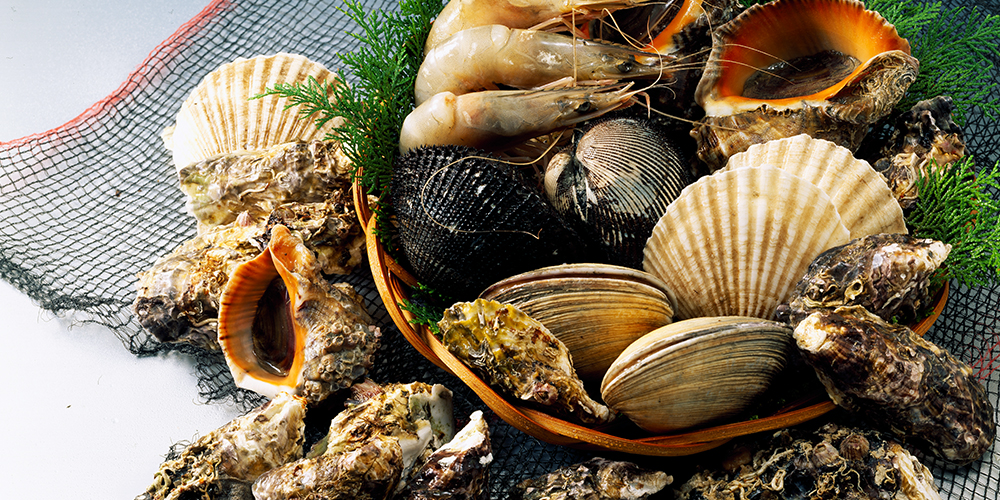
Could there be any other dish besides hoe that is so heavily influenced by region and season? Don’t miss on the opportunity to indulge in the profound and novel world of hoe this winter season.
Reference Doosan Encyclopedia, Encyclopedia of Korean Culture, <Today's Menu is Seasonal Food> (by Chan-il Park, Dal, 2019), <Dear Human, From Fish> (by Seon-do Hwang, Dong Asia, 2019), <When Life is Hungry, Go to the Sea> (by Chang-hoon Han, Munhakdongne, 2010)

 한국어
한국어
 English
English






